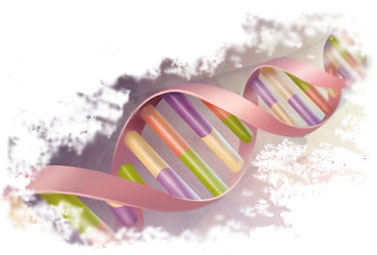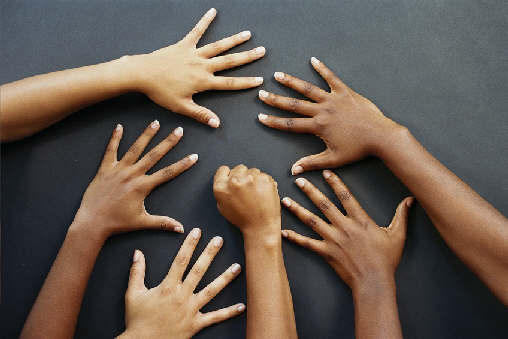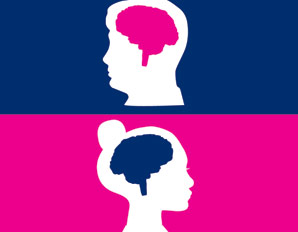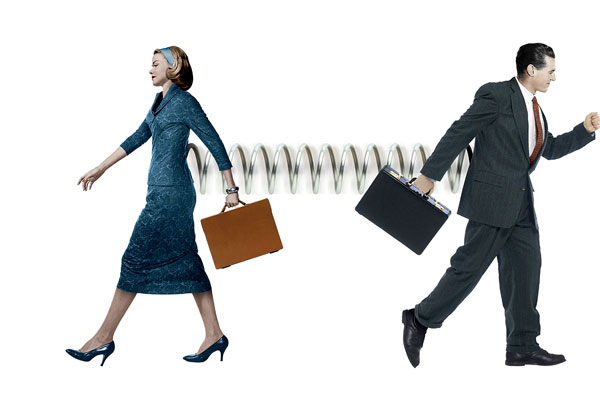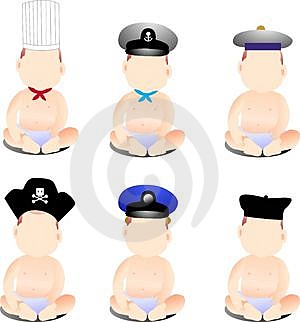The American Political Landscape
Summary:
Chapter 5 discusses the great amount of diversity seen in America. American is a nation of immigrants who differ in wealth, income, occupation, social class, age, religions, race, ethnicity and education. In this chapter, you will learn how different family attitudes and structures affect our views on a number of political issues. Certain race groups for instance tend to vote a certain way, for instance, African Americans tend to vote Democrat. Gender gaps are visible in politics as well when men and women vote differently on issues such as violence. Because of the United States' shift from an agricultural to an industrial society, occupations and political ideologies have shifted as well.
Overall, despite the overwhelming amount of diversity, Americans share an important unity. Americans are united by the shared commitment to democratic values, economic opportunity, work ethic, and the American dream.
Ethnocentrism:
Selective perception based on one's background, attitudes, and biases; The idea that one's race, nation, or culture is superior to all others.
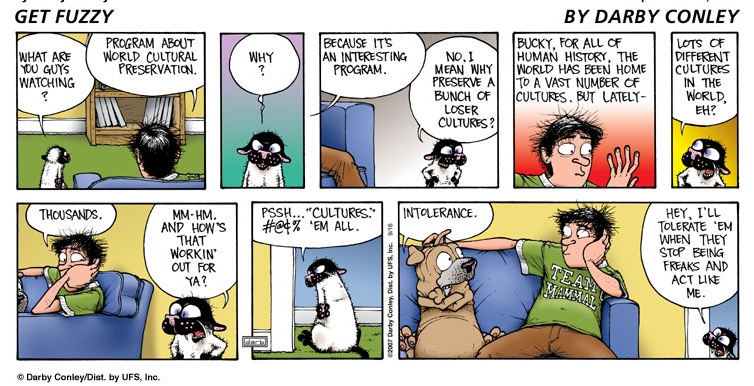

Political Socialization: The process by which we develop our political attitudes, values, and beliefs; This teaching occurs in the home, in school, on the playground, and in the neighborhood.
 |  |
 |  Demographics: The study of the characteristics of population
Political Predisposition: Characteristics of individuals that are predictive of political behavior
|
Fundamentalists: Conservative Christians who as a group have become more active in politics in the last two decades and were especially influential in the 2000 presidential election. Fundamentalists (evangelicals) support political organizations such as the Moral Majority and the Christian Coalition.
|   |
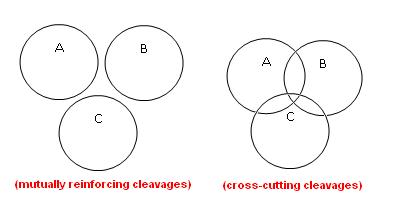 | 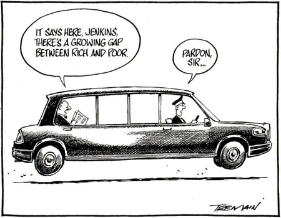 Reinforcing Cleavages: Divisions within society that reinforce one another, making groups more homogeneous or similar
Cross-cutting Cleavages: Divisions within society that cut across demographic categories to produce groups that are more heterogeneous or different
|
Alexis de Tocqueville:
French commentator who studied the early development of the US in the 1830s.
- Alexis de Tocqueville observed that the country had no major political or economic powers on it borders "and consequently no great wars, financial crises, invasions, or conquests to fear."

de Tocqueville
Manifest Destiny: A notion held by ninteenth-century Americans that the United States was destined to rule the continent, from the Atlantic to the Pacific
 The drawing above is of the Oregon Trail, one of the many headed westward. |  In the painting above, Columbia, intended as a feminine personification of the United States, leads civilization westward with American settlers, stringing telegraph wire as she travels; she holds a school book. The different economic activities of the pioneers are highlighted and, especially, the changing forms of transportation. |
The two photos above show how race is determined by genetic makeup. 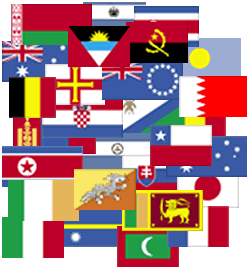 | Race: A grouping of human beings with distinctive characteristics determined by genetic inheritance
Ethinicity: A social division based on national origin, religion, language, and often race
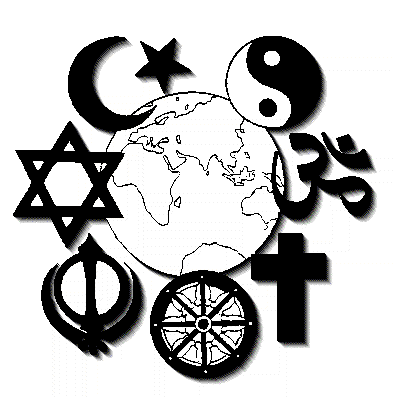 The photo to the left and the one above are of the various cultures and religions of the world. Both are factors of one's ethnicity. |
Gender Gap: The difference between the political opinions or political behavior of men and of women
|
The two photos above display differences in the way of thinking of men and women. |
|
|
The above photos are of the three criteria that determine Socioeconomic Status (SES).
Gross Domestic Product (GDP): The total output of all economic activity in the nation, including goods and services
 |  |
Medicare:
A social insurance program administered by the US govt., providing health insurance coverage to people who are aged 65 and over
- As a group, older Americans fight to protect Social Security; they value Medicare and favor prescription drug coverage.
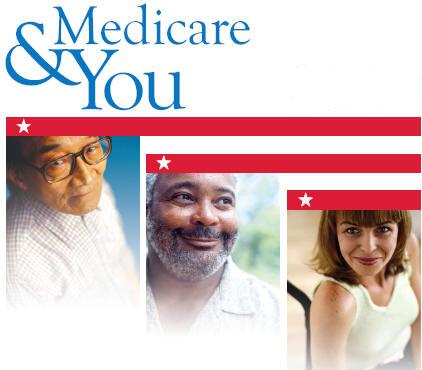
Medicare provides benefits such as prescription medication to older Americans.


Medicaid:
The US health program for eligible individuals and families with low incomes and resources.
- Medicaid, along with Medicare were enacted during the 1960s to improve medical benefits and resulted in a drop in the poverty rate among the elderly.

Fill in the blank:
1) ___________ is a social division based on national origin, religion, and language, and often race.
2) The United States had a ______________ to be a continental nation reaching from the Atlantic Ocean to the Pacific Ocean.
3) The difference between the political opinions and behavior of men and women is known as a ____________.
4) _______________ are conservative Christians who support groups such as the Moral Majority and the Christian Coalition.
5) Divisions within society that cut across demographic categories to produce groups that are more heterogeneous or different are known as _____________.
Multiple Choice Review Questions:
1) Divisions within society that reinforce one another, making groups more homogeneous or similar.
a. demographics
True or False:
1) Demographics is the study of the characteristics of populations.
2) In recent elections, women voters have had a higher turnout then men voters.
3) Congress passed the Defense of Marriage Act in 1996, which excludes same-sex spouses from federal benefits.
4) Younger Americans participate in voting more often than older Americans.
5) Since the 1960s, birthrates in the United States have gradually increased.
Answers:
Fill in the blank:
1) Ethnicity
2) manifest destiny
3) gender gap
4) Fundamentalists
5) cross-cutting cleavages
Multiple Choice:
1) a
2) d
3) b
4) c
5) b
True or False:
1)T
2)T
3)T
4)F
5) F
